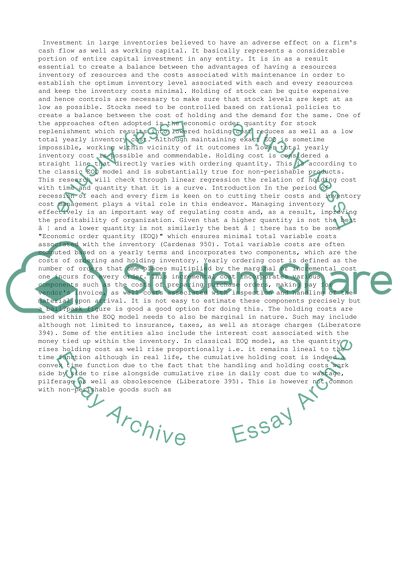Cite this document
(“IMC Essay Example | Topics and Well Written Essays - 3000 words”, n.d.)
Retrieved from https://studentshare.org/management/1397514-controlling-materials-and-spare-parts-at-a
Retrieved from https://studentshare.org/management/1397514-controlling-materials-and-spare-parts-at-a
(IMC Essay Example | Topics and Well Written Essays - 3000 Words)
https://studentshare.org/management/1397514-controlling-materials-and-spare-parts-at-a.
https://studentshare.org/management/1397514-controlling-materials-and-spare-parts-at-a.
“IMC Essay Example | Topics and Well Written Essays - 3000 Words”, n.d. https://studentshare.org/management/1397514-controlling-materials-and-spare-parts-at-a.


